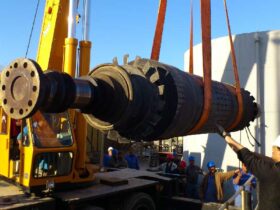When purchasing aircraft parts, cost is a significant factor that must be carefully considered. While quality and certification are paramount, the price of aircraft parts can impact the overall budget and operational costs of maintaining an aircraft. Balancing cost with quality is essential to ensure safe and efficient operations without overspending.
Let us delve into the five vital ways how cost plays a critical role in the decision-making process when purchasing aircraft parts.
Budget constraints
Aircraft maintenance often operates within a fixed budget. Cost-effective parts allow maintenance teams to stay within these financial limits while still acquiring the necessary components. Balancing cost with quality ensures that budget constraints are met without compromising safety.
Long-term value
Choosing parts based on cost does not mean opting for the cheapest option. It is about finding parts that offer the best long-term value. High-quality parts may have a higher upfront cost but can save money in the long run by reducing the need for frequent replacements and repairs.
Supplier negotiations
Cost plays a significant role in negotiations with suppliers. By understanding the cost structure, buyers can negotiate better prices or bulk discounts, leading to overall savings. Effective negotiation helps in acquiring quality parts at a competitive price.
Impact on maintenance costs
The cost of aircraft parts directly impacts overall maintenance expenses. Expensive parts can drive up maintenance costs, affecting the profitability of operations. Finding a balance between cost and quality helps manage these expenses effectively.
Inventory management
Cost considerations also affect inventory management. Stocking essential parts at a reasonable cost allows for better inventory control and ensures that necessary parts are available without tying up too much capital in inventory.
Final words
Cost has been a critical factor when purchasing aircraft parts, influencing budget management, long-term value, supplier negotiations, maintenance expenses, and inventory control.










